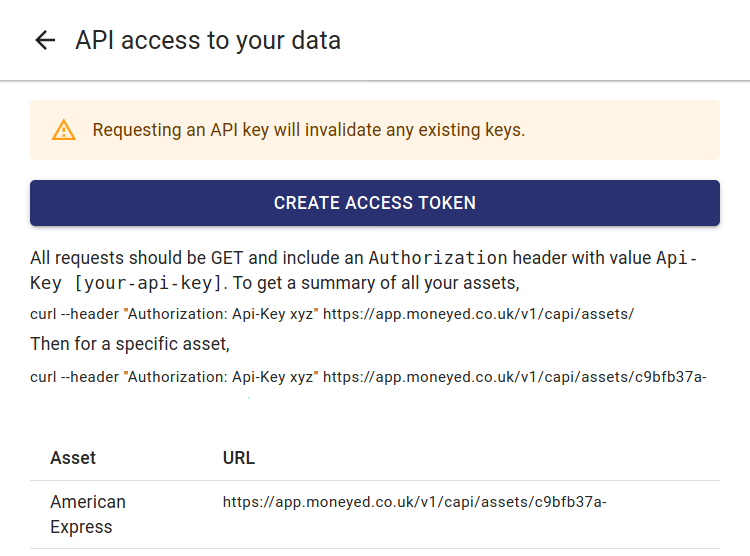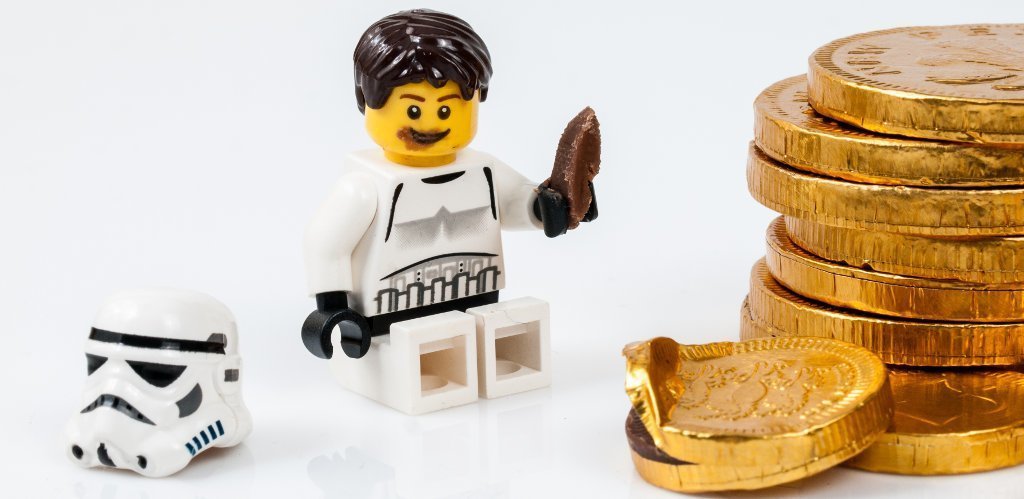
As I mentioned last week, MoneyDashboard is shutting down. They are good enough to provide a JSON export of all your previous transactions. It is full of entries like this: { "Account": "My Mastercard", "Date": "2020-02-24T00:00:00Z", "CurrentDescription": null, "OriginalDescription": "SUMUP *Pizza palace, London, W1", "Amount": -12.34, "L1Tag": "Eating Out", …
Continue reading →

A few weeks ago I was moaning about there being no OpenBanking API for personal use. Thankfully, I was wrong! As pointed out by Dave a company called Nordigen was set up to provide a free Open Banking service. It was quickly bought by GoCardless who said: We believe access to open banking data should be free. We can now offer it at scale to anyone - developers, partners and Fintechs - looking…
Continue reading →

The recent news that MoneyDashboard is suddenly shutting down has exposed a gap in the way OpenBanking works. It is simply impossible for a user to get read-only access to their own data without using an aggregator. And there are very few aggregators around. Why is it impossible for me to get programmatic access to my own data? There are two interlinked reasons which I'd like to discuss. …
Continue reading →

Update! Moneyed shut down in 2021. After writing about how to use MoneyDashboard's unofficial API, the good folk at Moneyed told me about their officially supported API! So here's a quick review & howto guide. Moneyed is a slightly strange service. I think it is designed for companies to give as a benefit to their employees. But you can sign up as an individual. The first month is free - but I…
Continue reading →

Note: MoneyDashboard is now closed. Yesterday, I wrote up how to use the MoneyDashboard Classic API. Read that blog post first before reading this one. MoneyDashboard have launched a new "Neon" service. The API is a bit more simple, but authentication is harder. Here's a quick guide to the bits of the API that I found useful. I've lightly redacted some of the API responses for my privacy. …
Continue reading →

Note: MoneyDashboard is now closed. The OpenBanking specification is brilliant. It allows you to aggregate all of your financial accounts in one place. You can give read or write access to apps and services. Magic! API access is restricted to registered financial institutions. That's good, because it puts up a barrier to entry preventing dodgy companies slurping up your data and sending all…
Continue reading →




